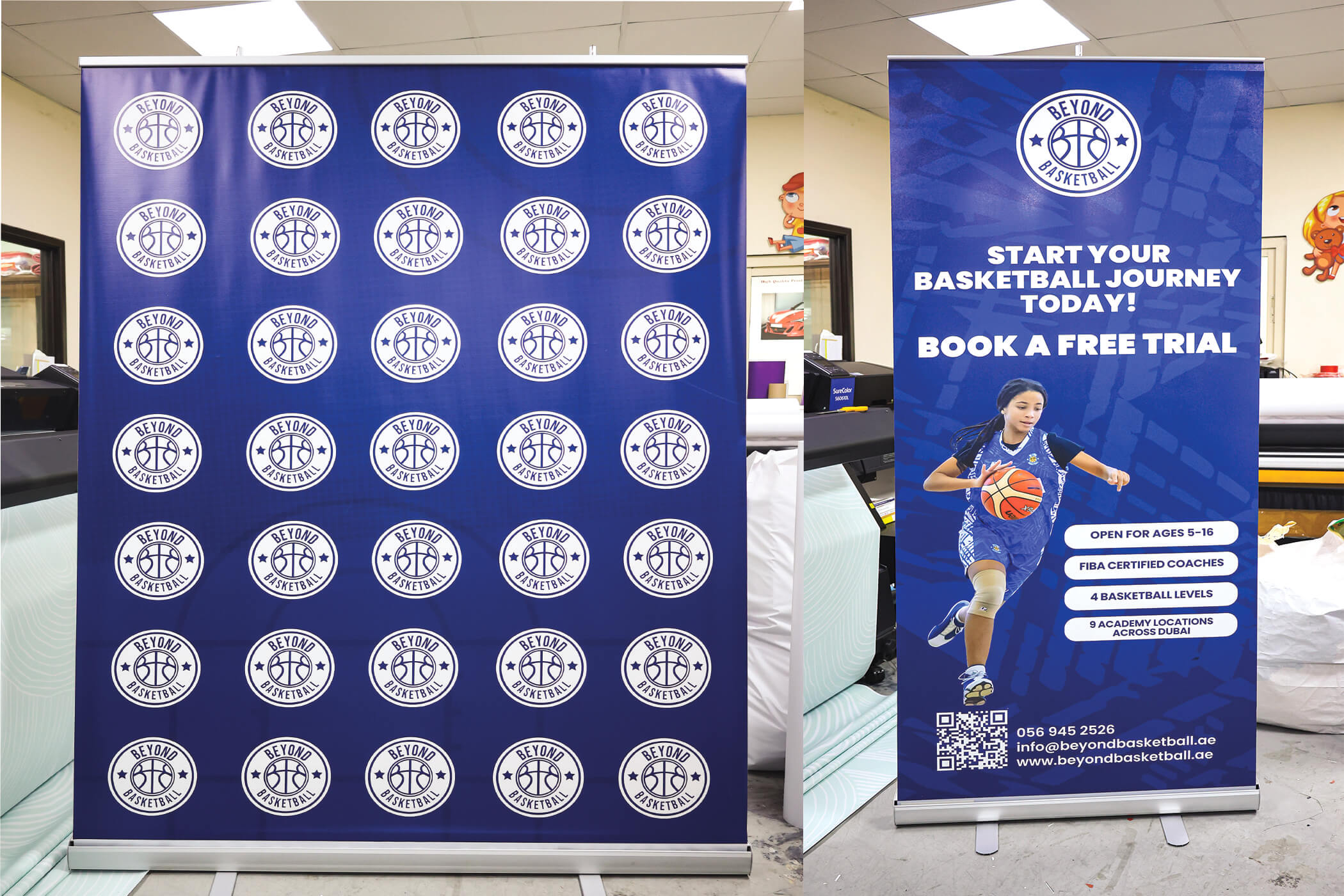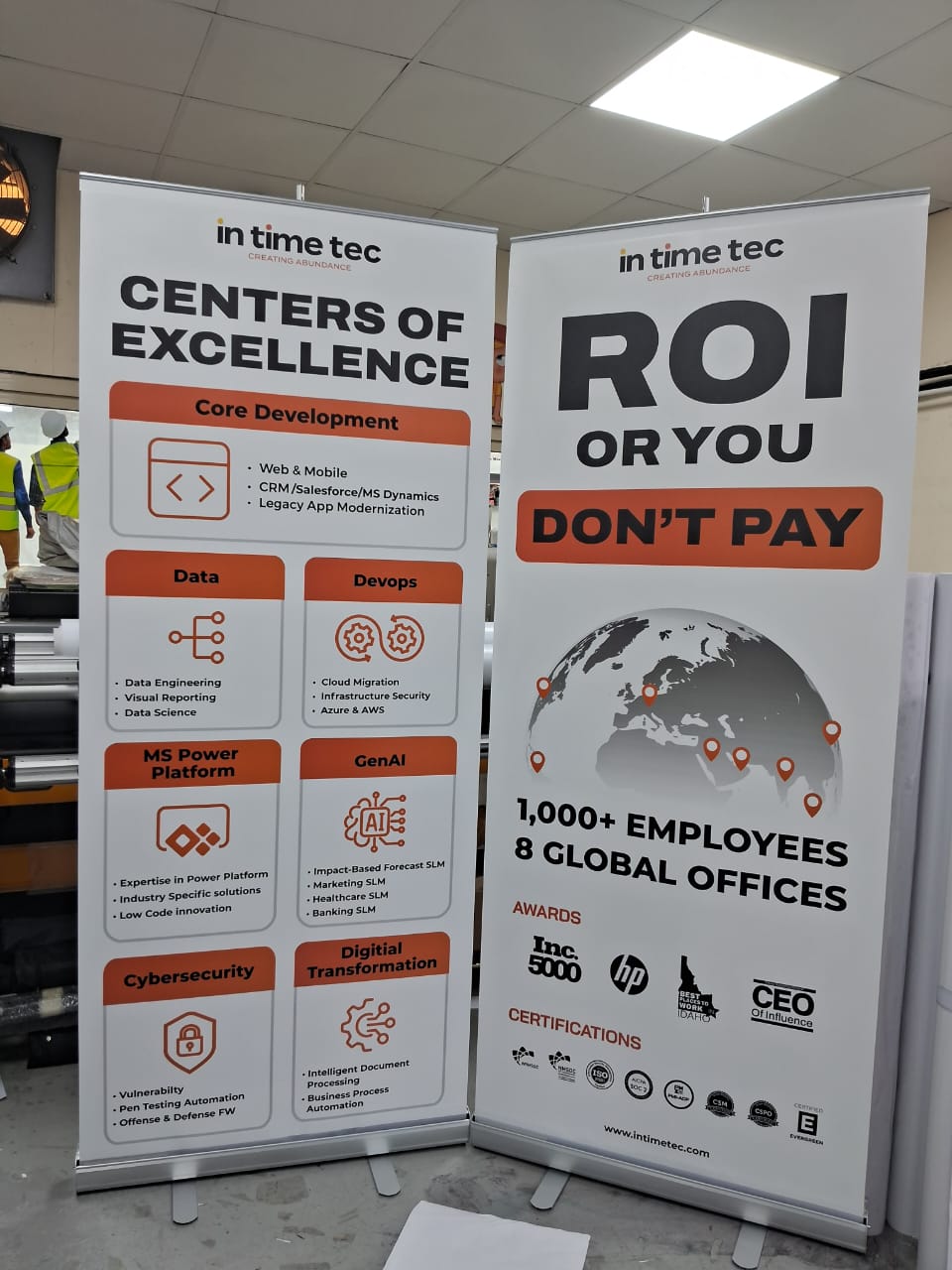
In today’s competitive marketplace, vehicle vinyl branding has emerged as a dynamic and visually compelling method for businesses to increase brand visibility and reach their target audiences. As companies invest in vibrant vinyl wraps for their fleets, understanding the impact of vehicle vinyl branding on marketing efforts and sales becomes crucial. This article delves into the strategies for effectively tracking and evaluating the success of vinyl wraps in enhancing brand recognition and driving sales growth.
Understanding Vehicle Vinyl Branding
Vehicle vinyl branding involves covering vehicles with custom-designed vinyl graphics that display a company’s logo, colors, and promotional messages. This mobile advertising strategy transforms ordinary vehicles into moving billboards, reaching potential customers in various locations. The bold and eye-catching designs not only attract attention but also leave a lasting impression on viewers.
The Importance of Measuring Impact
To justify the investment in vehicle vinyl branding, businesses must measure its impact accurately. By evaluating key performance indicators (KPIs), companies can assess the effectiveness of their vinyl wraps in achieving marketing objectives. Measuring impact helps in identifying the return on investment (ROI), optimizing marketing strategies, and making informed decisions for future branding campaigns.
Key Metrics for Evaluating Vinyl Branding Effectiveness
1. Brand Visibility and Reach
Brand visibility is a primary metric for evaluating the success of vehicle vinyl branding. By analyzing the frequency and reach of vehicles in high-traffic areas, businesses can estimate the number of impressions made on potential customers. Tools like GPS tracking and geofencing can provide data on the areas covered and the duration of exposure, helping businesses understand the extent of their brand’s visibility.
2. Audience Engagement
Engagement metrics are vital in assessing how well the vinyl wraps capture and hold the attention of the audience. Social media mentions, online reviews, and direct customer feedback can offer insights into how the branding resonates with viewers. Tracking the increase in followers, likes, shares, and comments related to the branded vehicles can indicate the level of audience engagement.
3. Lead Generation and Conversion Rates
One of the ultimate goals of vehicle vinyl branding is to generate leads and drive sales. By implementing unique promotional codes or dedicated landing pages on the vinyl wraps, businesses can track the number of leads generated and the conversion rates. Analyzing the data from these sources helps in understanding the direct impact of the branding on customer acquisition.
4. Customer Retention and Loyalty
Effective branding not only attracts new customers but also retains existing ones. By monitoring customer retention rates and loyalty metrics, businesses can gauge the long-term impact of their vinyl wraps. Surveys and feedback forms can provide valuable information on how the branding influences customer loyalty and repeat purchases.
Strategies for Tracking Vinyl Branding Impact
1. Use of Technology and Analytics
Leveraging technology is essential for tracking the effectiveness of vehicle vinyl branding. GPS tracking systems can monitor the routes and coverage areas of branded vehicles, providing real-time data on visibility. Additionally, geofencing technology allows businesses to send targeted advertisements to potential customers’ mobile devices when they are in proximity to the branded vehicles.
2. Implementing QR Codes and Tracking Links
Incorporating QR codes and tracking links on vinyl wraps enables businesses to measure direct customer interactions. Customers can scan the QR codes to access exclusive promotions or detailed information about the products and services. By analyzing the data from these interactions, businesses can assess the effectiveness of their branding efforts.
3. Conducting Surveys and Feedback Collection
Customer feedback is invaluable in evaluating the impact of vehicle vinyl branding. Conducting surveys and collecting feedback from customers who have seen the branded vehicles can provide insights into brand perception and awareness. This qualitative data complements quantitative metrics and offers a comprehensive view of the branding effectiveness.
4. Social Media Monitoring
Social media platforms are powerful tools for tracking audience engagement and sentiment. Monitoring social media channels for mentions, shares, and comments related to the branded vehicles helps businesses understand how their vinyl wraps are being received by the public. Tools like social listening software can automate this process, providing real-time data on social media interactions.
Optimizing Future Vehicle Vinyl Branding Campaigns
1. Continuous Data Analysis
Regularly analyzing the data collected from various tracking methods is essential for optimizing future branding campaigns. By identifying trends and patterns, businesses can refine their strategies to maximize impact. Continuous data analysis ensures that the branding efforts remain effective and aligned with marketing goals.
2. Adapting to Audience Feedback
Listening to customer feedback and adapting accordingly is crucial for the success of vehicle vinyl branding. Businesses should be open to making changes based on the insights gathered from surveys and social media interactions. This adaptive approach helps in maintaining a positive brand image and improving customer satisfaction.
3. Experimenting with Creative Designs
Innovation in design plays a significant role in the success of vehicle vinyl branding. Businesses should experiment with different graphics, colors, and messages to see what resonates best with their target audience. Creative and eye-catching designs are more likely to attract attention and leave a lasting impression.
4. Integrating Multi-Channel Marketing
Integrating vehicle vinyl branding with other marketing channels can amplify its impact. Businesses can use branded vehicles as part of a larger marketing strategy, including online advertising, social media campaigns, and offline promotions. This multi-channel approach ensures a cohesive brand message and maximizes reach.
Conclusion
Measuring the impact of vehicle vinyl branding is essential for businesses to understand the effectiveness of their marketing efforts and drive sales growth. By leveraging technology, tracking key metrics, and continuously analyzing data, companies can optimize their branding strategies and achieve significant results. With creative designs and a comprehensive approach, vehicle vinyl branding can be a powerful tool in enhancing brand visibility and reaching target audiences.



